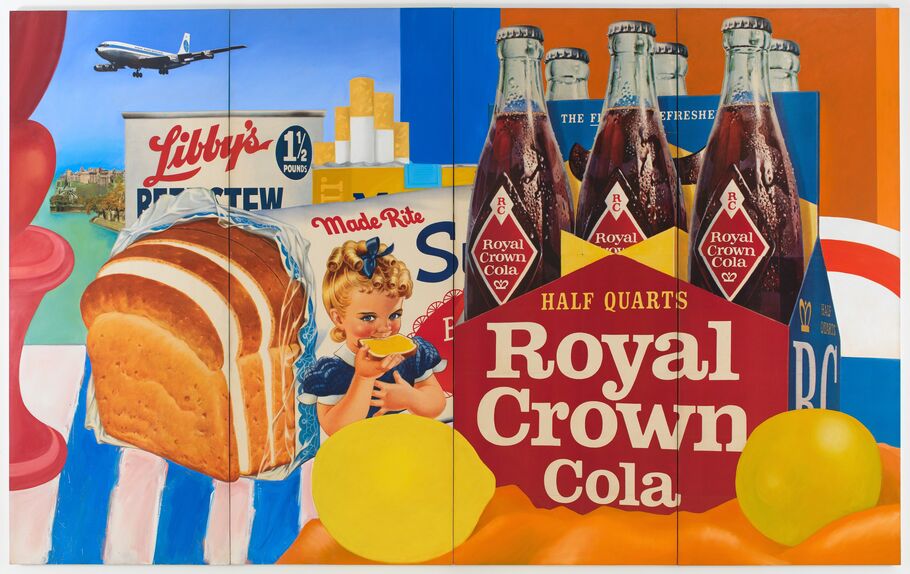Introduction
Whoa, hold on! Have you ever stopped to think about how Pop Art, with its vibrant colors and bold patterns, turned the art world upside down? It’s a story that’s as fascinating as it is colorful, with a twist – the intriguing world of fake advertising. Let’s dive in and explore this dynamic duo.
The Pop Art Explosion

Pop Art, you see, didn’t just pop out of nowhere. It was the 1950s, and the art world was like a simmering pot ready to boil over. Artists were itching to shake things up, and boy, did they! They turned to everyday objects and popular culture, giving birth to a movement that was as much a cheeky nod as it was a bold statement. This was art that said, “Hey, let’s not take ourselves too seriously!”
Key Players in the Game
Now, you can’t talk Pop Art without tipping your hat to the big names – Andy Warhol, Roy Lichtenstein, and their gang. Warhol, with his soup cans and Marilyn Monroes, wasn’t just making pictures; he was making a statement about mass culture. And Lichtenstein? His comic strip-inspired works weren’t just cool; they were a clever poke at the art elite.
Crossing the Pond

But wait, there’s more! Pop Art wasn’t just an American thing. Across the pond in Britain, artists like Eduardo Paolozzi and Richard Hamilton were stirring the pot in their own way. They were like, “Hey, America’s not the only one with a pop culture!” And so, the movement became a transatlantic dialogue, a sort of artistic tennis match.
The Twist: Fake Advertising
Just when you thought Pop Art was all about soup cans and celebrities, in comes the twist: fake advertising. This was a game-changer. Artists started creating advertisements for products that didn’t exist. Why? To give a big, fat wink to consumer culture. These ads were like, “We know you’re being sold to every minute; let’s have a laugh about it.”
The Message Behind the Madness

But let’s not kid ourselves, this wasn’t just artists goofing around. There was a serious message here. They were challenging the idea of what art could be. Was a fake ad less valid than a landscape painting? They were pushing the boundaries, asking us to look at the mundane, the everyday, and see it as something more.
The Legacy Lives On
Fast forward to today, and the influence of Pop Art and fake advertising is everywhere. It’s in the way we view art, advertising, and even our own consumer habits. It’s like a colorful thread woven through the fabric of modern culture.
Conclusion
So, there you have it, the story of https://showfakes.com/the-history-of-pop-art-and-fake-advertising/ and fake advertising. It’s a tale of bold colors, cheeky statements, and artists who weren’t afraid to say, “Let’s mix things up.” It’s a reminder that sometimes, you need to look at the world through a kaleidoscope to really see it. And who knows, next time you see an ad, you might just find yourself wondering, “Is it real, or is it Pop Art?”














